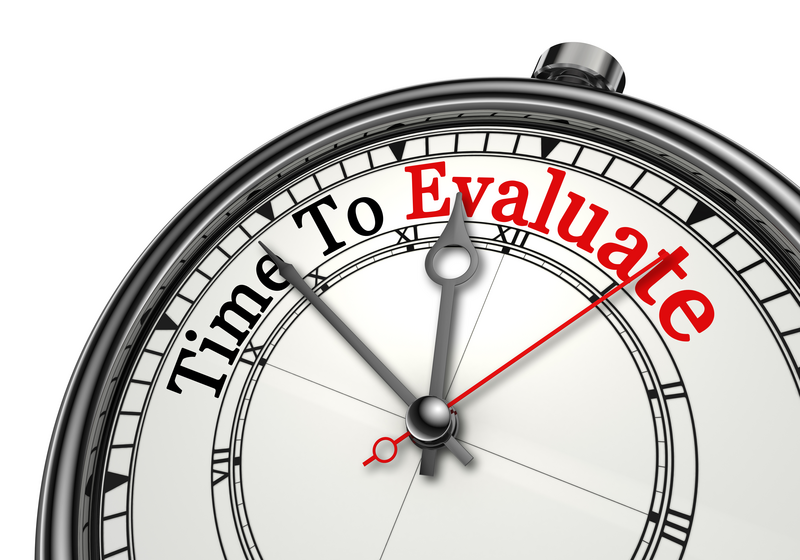ATD Blog
What Does the Generational Shift Mean for the Workplace?
Thu Feb 11 2016

What does the generational shift mean for leaders, managers, and supervisors? No surprise, managing people is going to keep getting harder. It has always been hard to manage people, but it’s going to get tougher as the workplace becomes more high-pressure and the post-Boomer workforce becomes increasingly high-maintenance. Here are several changes to prepare for.
High-Pressure WorkplaceManagers will be under ever-increasing pressure from senior executives to get more work—and better work—out of fewer employees with fewer resources. Even while managers juggle their own tasks and responsibilities, managerial spans of control (the number of employees officially reporting to each manager) are still increasing, and most managers also have a steadily growing burden of administrative duties. Indeed, it seems to most managers that they have less time than ever to devote to people-management, even as workers of all ages need more regular guidance, direction, support, and coaching in this high-pressure workplace.
Younger workers typically require more regular guidance, direction, support, and coaching. Millennials, in particular, stereotypically raised by “helicopter parents on steroids” tend to thrive on strong, highly-engaged leadership. In fact, many leaders find that for this cohort of workers, the more structure and boundaries the better. Millennial workers are very unlikely to give their best efforts to a leader whom they perceive as weak or disengaged.
High-Maintenance WorkforceManagers will need to deal with and accommodate the growing needs and expectations of an increasingly diverse post-Boomer workforce. Workers of all ages today rely every day on their immediate managers for help meeting their basic needs and expectations and dealing with a whole range of day-to-day issues that arise at work. Millennials are the most likely to make specific requests regarding work conditions including the assignment of tasks, resource planning, problem solving, training, scheduling, work location, work space, dispute resolution, guidance, coaching, recognition, promotions, raises, benefits and other rewards.
In addition, workers of all ages today are more likely to disagree—often privately and sometimes openly—with their employers’ stated missions, policies, and decisions. Millennials are the most likely to disagree.
What’s more, workers of all ages are more likely to question or challenge employers’ rules, managers’ instructions, employment conditions, and established rewards structures. Millennials are the most likely to question or challenge.
Under-Managed WorkforceMost workplaces are severely under-managed, considering the requirements of the post-Boomer workforce. For workers of all ages, weak leadership (what we call “under-management”) leads to diminished productivity, greater worker error rates, lost resources, increased conflicts among coworkers and other personnel problems, higher turnover among high performers and lower turnover among low performers, as well as managers spending more time on lower level tasks. In today’s increasingly high-pressure workplace, with today’s increasingly high-maintenance workforce, managers cannot afford to be weak and disengaged.
To be effective in today’s environment, managers must be strong and highly engaged. Highly engaged means conducting ongoing structured communication to provide every worker with regular guidance, direction, support, and coaching. Strong means finding ways to do more for workers when they really earn it. That means doing more for some workers and less for others, based on their performance. It also means holding people strictly accountable on a daily basis: setting expectations clearly, providing candid feedback, correcting problems, rewarding good work, and especially rewarding discretionary effort.
Editor’s Note: This post is adapted from the RainmakerThinking white paper “The Great Generational Shift: The Emerging Post-Boomer Workforce.”
You've Reached ATD Member-only Content
Become an ATD member to continue
Already a member?Sign In
